Top 10 TikTokers to Take Off your Supply Chain
SCMDOJO
AUGUST 21, 2023
Try this as a tongue twister: “Tripping through tantalizing TikTokers, tenfold to transform your tangled supply chain!” In our digital age, where viral trends dominate, TikTok’s influence now extends to supply chain management. Discover the Top 10 TikTokers reshaping how you view supply chains.



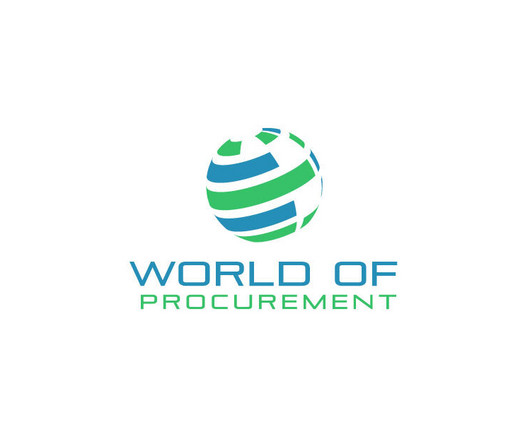
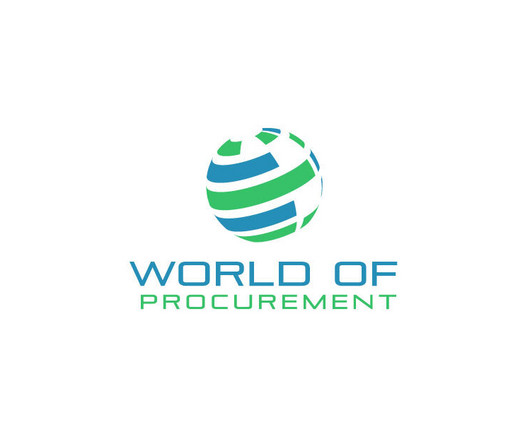

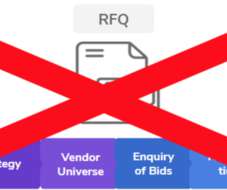
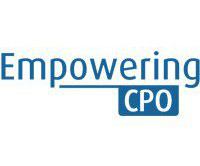


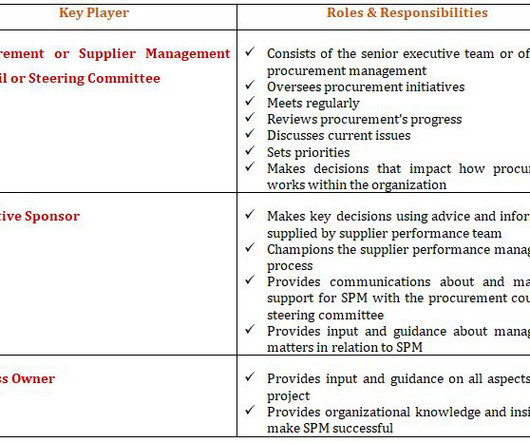
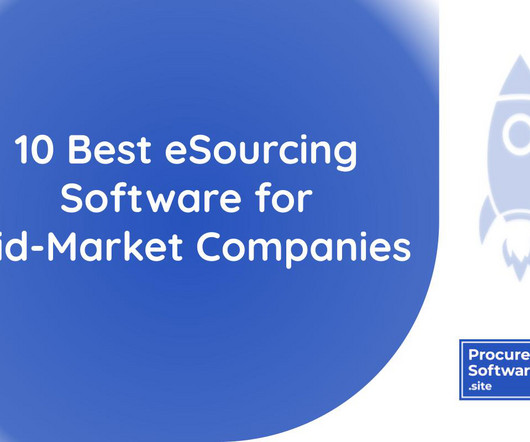






Let's personalize your content